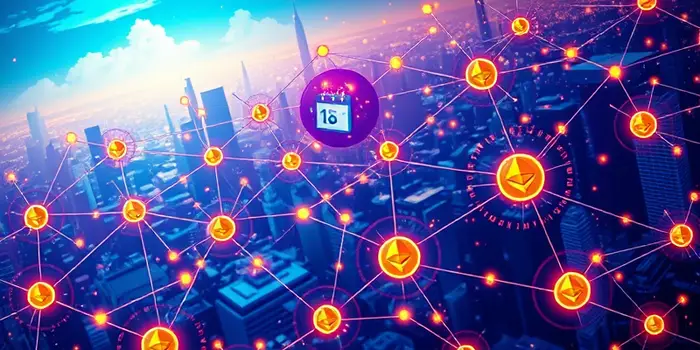
In the fast-paced world of decentralized finance, understanding and anticipating gas fees can save you time, money, and frustration. As Ethereum evolves through significant upgrades like Pectra, fees can spike unpredictably. This guide will equip you with the knowledge and tools to stay ahead of the curve.
At its core, gas is the small fee paid to execute transactions or smart contracts on the Ethereum network. It measures how much computational work is required to process your actions on chain. Simple transfers consume minimal gas, while complex smart contract executions demand far more resources and thus higher fees.
The gas mechanism ensures the network remains secure and resistant to spam. By attaching a fee to each operation, Ethereum incentivizes validators to include transactions in blocks and prevents endless loops or abuse in contract code.
Gas prices have fluctuated dramatically over Ethereum’s history. Before 2020, routine transactions cost mere cents. But periods of intense demand, such as the 2021 NFT boom, pushed fees to jaw-dropping highs.
Off-peak windows—typically early mornings and weekends—often offer the best opportunities to transact at lower rates. Market excitement, speculative trades, and mempool congestion during upgrades can send fees soaring in unpredictable bursts.
To navigate volatile fee landscapes, proactive monitoring is essential. Various tools provide up-to-the-second fee estimates and historical charts that help you time transactions effectively.
Practical tips to reduce costs:
Scheduled for May 7, 2025, Pectra (Prague + Electra) introduces major protocol improvements. Expect account abstraction, higher blob throughput for rollups, staking optimizations, and increased calldata costs.
During the upgrade window, the Ethereum network will pause for maintenance. Exchanges and services may halt ETH and ERC-20 transfers for up to 2–4 hours. This can trigger a flurry of transactions in the hours leading up to the event.
Why fees spike before upgrades: anticipation of maintenance windows, speculative trading, and users rushing to settle transactions creates momentary congestion. By planning ahead, you can avoid the brunt of these spikes.
Layer 2 networks like Arbitrum and Optimism offer significant fee relief by bundling transactions off-chain. They benefit directly from Pectra’s blob throughput boost, promising even lower costs post-upgrade.
Key strategies:
Preparation is your best defense against fee volatility. Follow these steps:
By acting early, you can transact with confidence and avoid last-minute premiums.
Enterprises running nodes, applications, or staking infrastructure must ensure readiness. Test your environments on public testnets simulating Pectra conditions. Update your codebases to support new EIPs and review smart contract interactions with the revised calldata costs.
Communicate proactively with your user base. A clear upgrade timeline, fee expectations, and contingency plans will build trust and reduce support burden during high-pressure windows.
Keep an eye on official communications from the Ethereum Foundation and core developers. Real-time announcements can help you adjust operations on the fly and maintain uninterrupted service.
Major network upgrades like Pectra bring meaningful improvements but also temporary disruptions and fee volatility. By understanding historical trends, leveraging real-time trackers, and moving activity to Layer 2, you can minimize costs and ensure smooth interactions with the Ethereum blockchain.
Whether you’re a casual user, a developer, or a business, planning your transactions around upgrade schedules is essential. Prepare, monitor, and execute your strategy early to keep fees low and operations seamless on the world’s leading smart contract platform.
References













